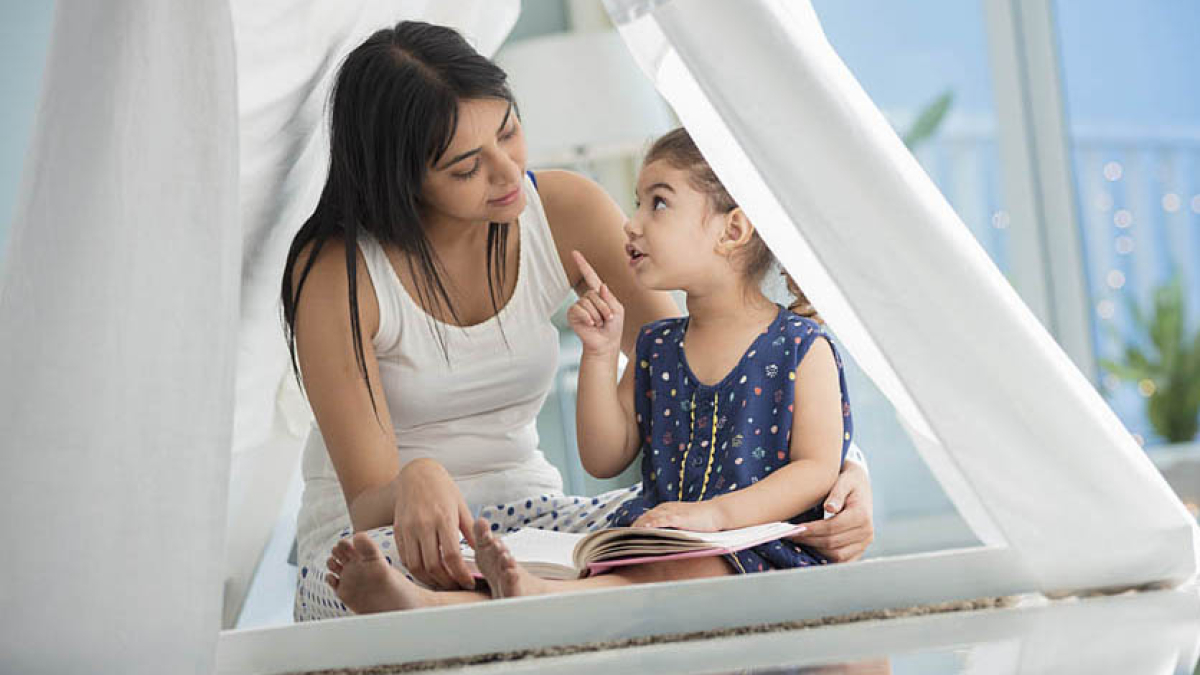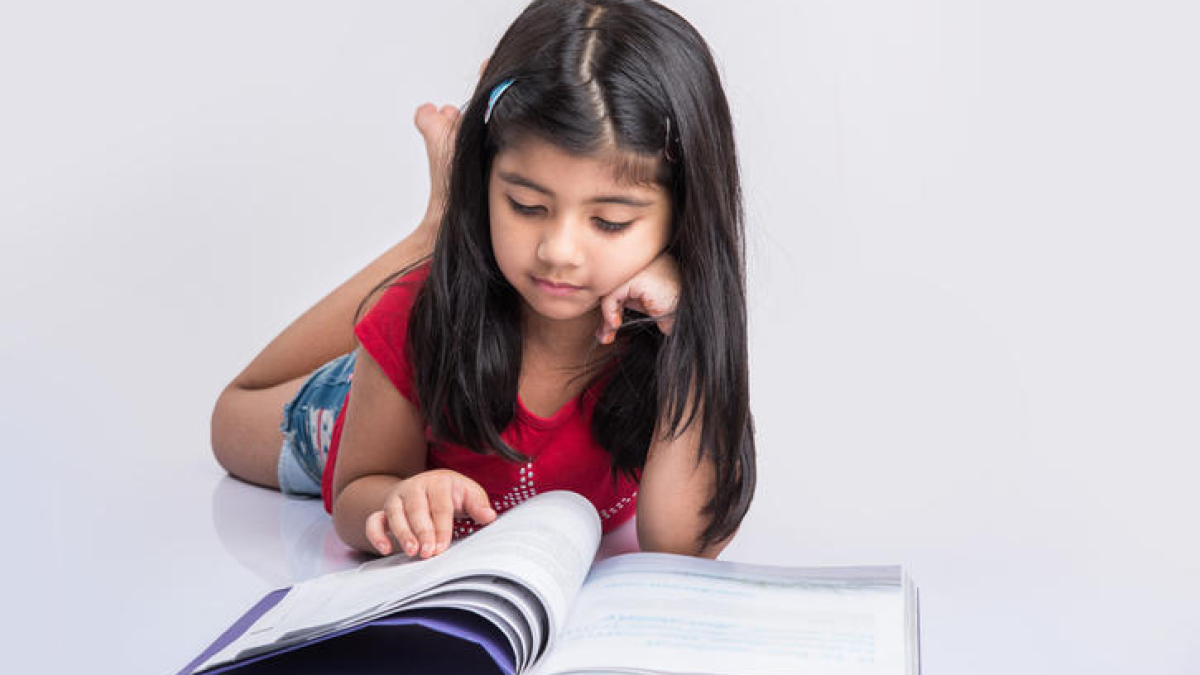There was a fellow called Homework.
No one really knew where the Homework came from, which gender was it, which race and which school did it come from.
In the days of Gurukul teaching, Homework was very good friends with Classwork. The two were really close friends and no one could really make out the difference between the two. In fact, Homework and Classwork used to live together!
So the journey went on smoothly till the print letter was born.
With print letter came books and note books and Gurukuls metamorphosed into schools. Schools that were made of cement and wood and had a huge board outside with their name shining far and wide.
When Homework and Classwork entered the brick walls of the school, the two slowly started having differences.
“I am very important”, said Classwork. “Without me, no child can learn and no School can survive.”
“Without me, the notebook will remain half-filled and look incomplete”, said Homework. “Without me, no parent or teacher will be happy.”
“Listen fellas”, said the teacher. “Give me a break. Lets split and make it 50:50. Let Classwork call the shots in one half of the day and Homework reign supreme in the other half.”
“Oh My God”, said the parent. “My dear Class Work, why are you bringing home so much Homework? This is not done!”
This altercation attracted a lot of passerby’s attention. And in stepped Mr. Rules and Ms. Regulations”.
They declared that this needed a thorough investigation. Who should live where and who is more important became issues of grave concern.
The issue gained momentum and became a point of debate.
The Home, the School, the Parent, the Teacher and all their kith and kin jumped into the fray.
Lo & Behold! Even those who did not know the School, the Teacher, the Parent and the Class also joined the bandwagon.
And thus began an interesting merry – go – round.
A merry – go – round which is not so amusing many a times.
And so my dear parents, while you smile after reading the above story, the fact of the matter is that Homework is not the villain of the piece as it is often made out to be.
Homework was born to aid the classwork and not complicate it. After all, a child spends almost equal amount of time between home and school.
Homework gives the child a routine. Inwardly, all children look up to their environment and adults for discipline and routine. They may rebel outwardly but their neurons are looking for repetition and routine to strengthen the myelin sheath.
Do not look at the length of the Homework. Look at the depth of the Homework. If it provides a preschooler an opportunity to revise concepts learnt, then it’s serving your child pretty well.
Just as children need their teachers around during Classwork, so do they need the parents around during Homework. Your child may just need your presence or a verbal embrace or a simple acknowledgement that they are doing things right. Try being a Homework Coach for your child. Its fun and rewarding.
It is not the Homework that leads to disinterest or boredom in the child. It is the manner in which you treat Homework that leads to such behaviour. If you develop a habit of shouting or yelling or threatening your child with consequences for not completing their Homework, your child will be “turned off” from Homework forever.
Allow Kindergartners to do their Homework at fun places. Or rather create such fun places for them. The garden swing, the family area like the kitchen table, a chair by the window or sprawled on the green grass. If you make the Homework a fun affair, children will naturally not dread it.
Older kids may need the discipline of a study table and chair, depending on the kind of home assignments they get. They like to have their own space while tackling Homework but the younger ones prefer otherwise.
Children learn effective Time Management while doing Homework. If you tell them that a game of football or a round of Ice cream is to follow after they are done with their Homework, they are likely to accelerate the same. They learn to manipulate their time and find a balance between work and play.
Homework has benefits for parents too – it gives you the chance to see what your child is learning at school. And showing interest in your child’s homework is a great way to let your child know that you value learning and education.
It’s a good practice to request your preschooler’s teacher to stick to reading Homework or some creative tasks Homework. Many parents persist on writing Homework alone. Think outside the box and support your child’s teacher to create a new box too, with regards to Homework as well. Its all a matter of demand and supply!
Young children can concentrate for a few minutes at a time and they need a brief break in between Homework. Factually speaking, even older children need breaks. You can encourage your child to do some neck stretches, arm shakes and finger wriggles or play outside for a few minutes during this break.
Try to minimize distractions during Homework time, such as phones, television, visitors etc. Carrying the Homework to bed is a strict no as well. Give due sanctity to Homework time. If you do that, children will start respecting their Homework a lot more.
Treat Homework routine as naturally as you treat other routines in your child’s life, such as bathing, brushing, exercising, playing etc. Just as all routines require an effort, so does Homework. If you adopt this approach towards your child’s Homework, it helps build a positive attitude towards Classwork and Homework.
And yes, if you find your child struggling with Homework most of the days or if you find that the Homework is too much, do walk up to your child’s teacher and discuss the same.
With a little bit of your support and careful planning by the school and the teacher, Homework can actually be a suitable ground for cultivating essential life skills.
It’s really not so much of a Devil as we make it out to be.
And if once in a while, your child misses his / her Homework and gets a “homework not done” note in the Almanac, just relax.
We all have a ‘cheat day’ while following a diet, isn’t it?









